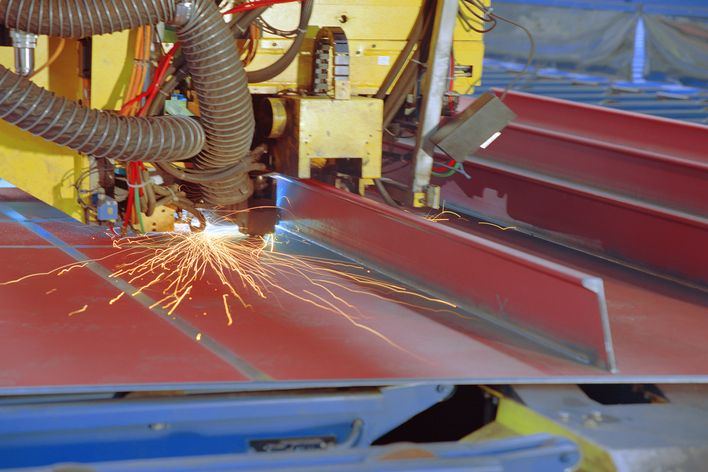Hybrid techniques refer to processes in which laser welding is combined with other welding methods. Compatible processes are MIG (metal inert gas) or MAG (metal active gas) welding as well as TIG (tungsten inert gas) or plasma welding.
Here’s an example that shows the advantages. In shipbuilding, large steel plates that can be up to 20 meters long and 15 millimeters thick are welded together. The gaps between the plates, however, are too large for the laser beam to bridge by itself. To get around this problem, laser welding is combined with MIG welding. The laser delivers the high power densities needed for the deep welds and enables high welding speeds. This, in turn, reduces heat input and distortion. The MIG torch, meanwhile, bridges the gap between the parts and closes the joint using filler wire. On the whole, the hybrid technique is faster than MIG welding alone, and the parts are subject to less distortion.

